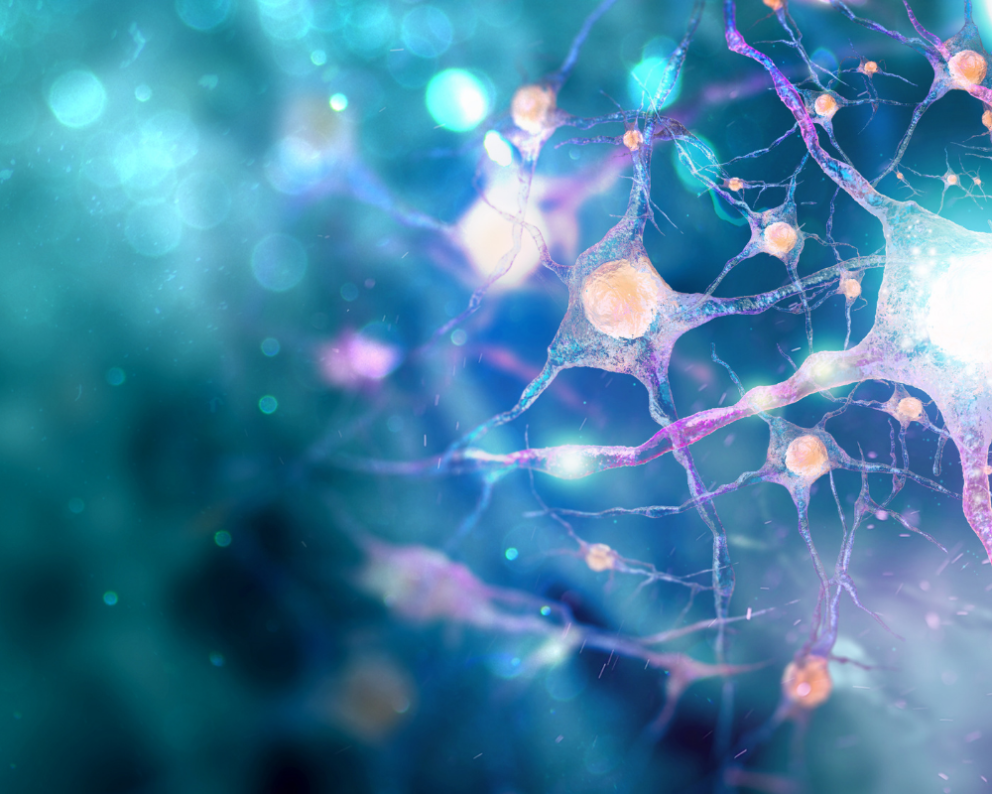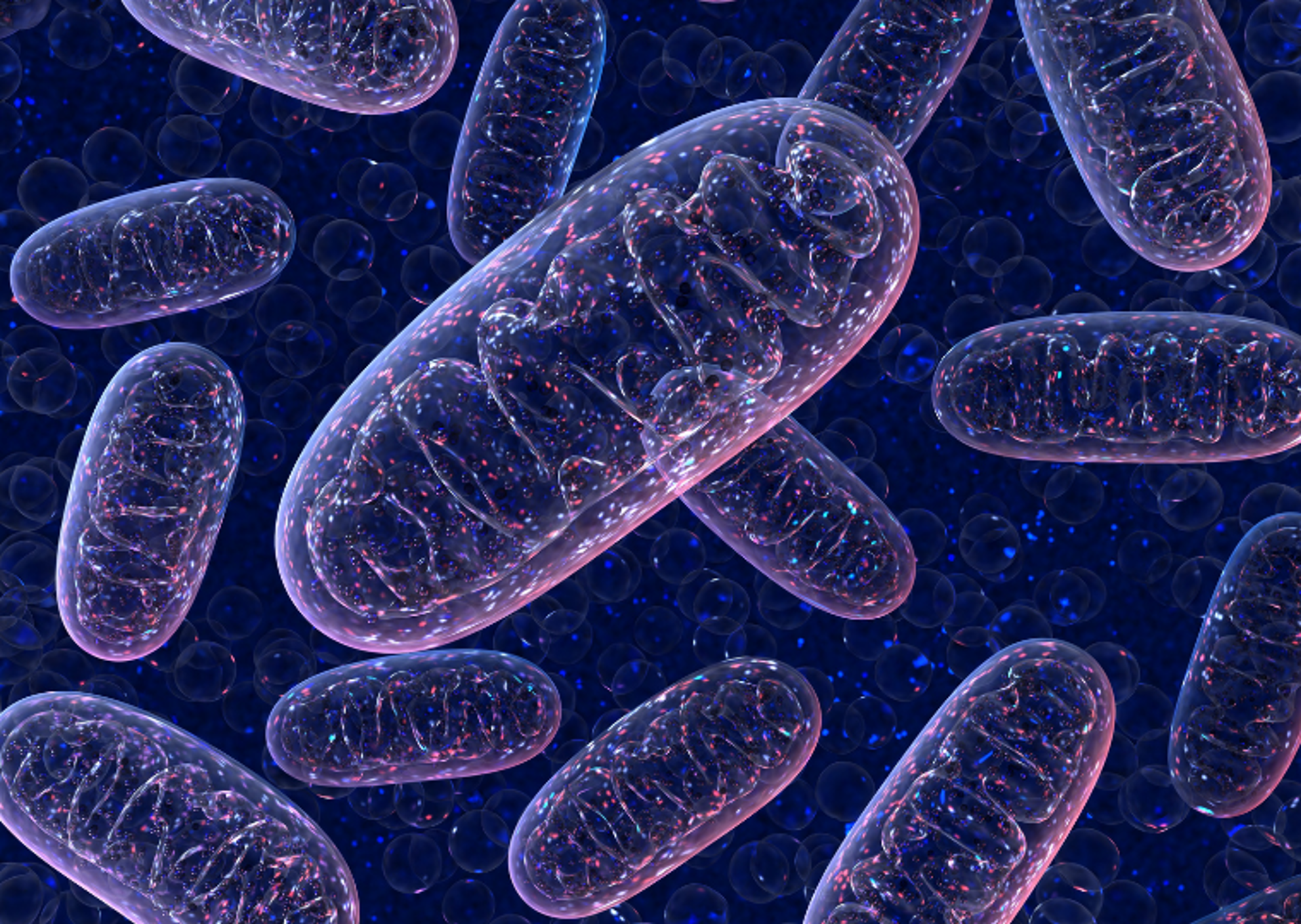Team of Prof. Casari sheds new light on the form SPG7 spastic paraplegia

Researchers have clarified the molecular mechanism and identified a possible therapeutic approach for the type 7 form of the disease
The pathological mechanism underlying a rare neurological disease of genetic origin has been clarified and a potential therapeutic approach has been identified: this is what emerges from a study published in EBio Medicine by the team of Giorgio Casari, full professor of Medical Genetics at UniSR and Director of Clinical Genomics of the IRCCS San Raffaele Hospital.
Hereditary spastic paraplegia
Hereditary spastic paraplegia is a neurological disorder characterized by progressive spasticity and weakness of the lower limbs. To date, about 60 genes are known responsible, when defective, for one of the forms of this disease, which has considerable heterogeneity both in the age of onset and in the mode of transmission, depending on the specific gene involved. The very first gene to have been associated with this disease is that of paraplegin, a protein located in the mitochondria, the powerhouses of our cells: it was Casari who described it in the pages of Cell magazine in 1998, when identifying disease-related genes was a much longer and more tiring process than today.

The type 7 form and the role of mitochondria
The type 7 form, or SPG7, does not differ much from the others on a clinical level, but is instead really peculiar if you look at the mechanism that causes it
explains Casari, who has also recently been appointed president of the scientific committee of the Italian Association for Living Spastic Paraplegia (AiViPS).
From the beginning we understood that the mitochondria, the powerhouses of our cells where this protein is located, were involved in the pathogenesis, but it was not clear how and why. In recent years it has been understood that mitochondria, in addition to supplying energy to the cell, also play a key role in determining its fate under stressful conditions. In this sense, a key structure is the permeability transition pore (mPTP): we must imagine it as the valve of a pressure cooker, which opens when necessary to release the steam when the internal pressure exceeds a certain limit. Similarly, this protein complex opens and closes intermittently to regulate the concentration of substances such as calcium ions and reactive oxygen species within the mitochondrion, which must be kept low for the mitochondrion to function. In neurons this is particularly relevant for the transmission of signals to the synapse to occur correctly.

The mutation in paraplegin and the mPTP complex
Thanks to the microscopy technologies and bioinformatics support of the Tigem - where Casari temporarily moved from 2016 to 2019 - the researchers were able to literally observe live the cells of patients affected by SPG7 and measure the activity of mPTP, the "valve" of mitochondria. As the first authors of the work, Irene Sambri and Filomena Massa explain,
we have seen that, due to the mutation in the paraplegin, the mPTP complex loses its ability to open and close in an "intelligent" way and tends to remain closed, causing a dysfunction of the nerve signal transmission and a progressive malfunction of the neurons involved, promoting neurodegeneration. This not only helped to clarify at a molecular level the pathological mechanism underlying this form of hereditary spastic paraplegia, but also suggested a possible therapeutic approach.

Restoring the functioning of the mPTP complex
In the animal model of the disease, researchers have in fact managed to restore the correct functioning of the mPTP complex thanks to the administration of a drug, benzodiazepine Bz-423, capable of resolving the dysfunction caused by paraplegin mutations: this led to the recovery of normal synaptic transmission in the animal and above all to a significant improvement of its motor capacity, as well as to a reduction in inflammation and neurodegeneration typical of this pathology.
The results obtained demonstrate how the mPTP mitochondrial structure represents a promising pharmacological target for the therapy of this form of spastic paraplegia and also of other neurodegenerative diseases that share the same molecular disease mechanism.
Casari concludes.
You might be interested in

The microbiome as an ally against myeloma

Intrecci: a UniSR project for more inclusive and accessible cancer diagnosis

A New Approach to Enhance Immunotherapy in Multiple Myeloma
/resolutions/res-c660x528/Pensa_Aorta_Congresso_UniSR-(3).png)
